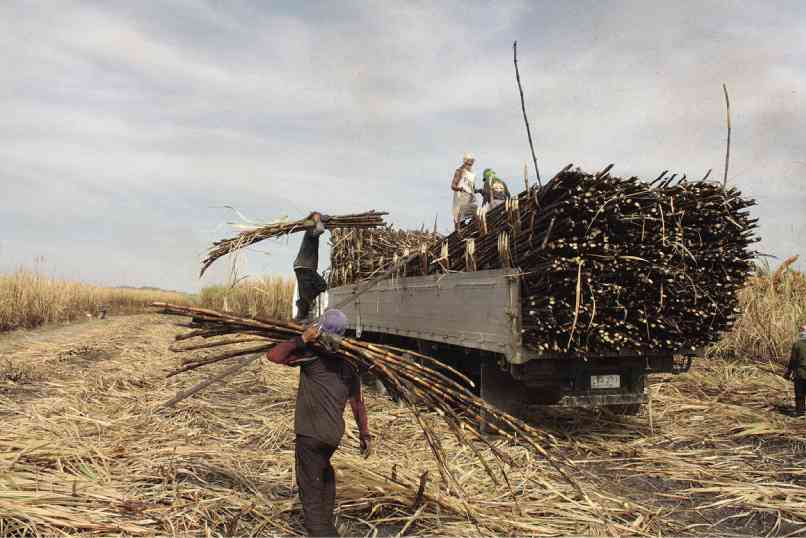Dummies among Luisita claimants
CITY OF SAN FERNANDO—The preliminary list of 1,717 potential beneficiaries of 358 hectares in Hacienda Luisita in Tarlac province, owned by relatives of President Aquino, includes the names of 61 people who do not farm or live in the area, the Kilusang Magbubukid ng Pilipinas (KMP) said on Friday.
Antonio Flores, KMP secretary general, described the 61 beneficiaries in the list prepared by the Department of Agrarian Reform (DAR) as “outsiders and dummies.”
But the list, which the DAR posted on Dec. 29, was “not an indicator of who are qualified or not,” said Justine Vincent la Chica, DAR assistant secretary for legal affairs.
He said the list is “simply an advisory” with two major purposes: To notify those who were listed to submit more documents and to encourage the public to scrutinize the list and oppose the inclusion of unqualified beneficiaries.
The 61 beneficiaries are from Barangay Dolores, Maliwalo, Laoang, Ungot, San Miguel and Maligaya in Tarlac City, Barangay Anupul in Bamban town, also in Tarlac, and Sta. Veronica in Guimba town in Nueva Ecija province, Flores said, citing a report of the Alyansa ng mga Manggagawang Bukid sa Asyenda Luisita (Ambala).
Article continues after this advertisementFlorita Sibayan, Ambala chair, said Luisita farm workers and their relatives should be given priority because they had worked at Hacienda Luisita and had been tilling many portions of the estate immediately after the strike of sugar mill employees and farm workers in 2004.
Article continues after this advertisementUnder Republic Act No. 6657 or the Comprehensive Agrarian Reform Program (CARP) law, one can qualify as a beneficiary if he or she is a farmer or tiller who owns less than 3 ha of agricultural land; is a Filipino citizen and a resident of the barangay (or the municipality if there are not enough qualified beneficiaries in the barangay); and was at least 15 years old at the time of identification, screening and selection of farmer-beneficiaries.
Beneficiaries are also required to have the aptitude to cultivate and make the agrarian land productive.
La Chica said the DAR launched in March 2014 an information drive on the distribution of the 358 ha after the estate owned by the Cojuangco family’s Tarlac Development Corp. (Tadeco) was issued a notice of CARP coverage on Dec. 17, 2013.
The property is located in the villages of Balete and Cutcut in the Tarlac City side of Hacienda Luisita. At least 50 ha have been leased to a German company doing a solar power project.
La Chica said the 358-ha property is not part of the 4,500 ha that the Supreme Court in 2012 ordered distributed to more than 6,000 farm workers.
The distribution was mandated after the high court upheld the decision of the Presidential Agrarian Reform Council to cancel the stock distribution option in the first round of CARP at the estate in 1989.
He said the DAR Tarlac office accepted applications and conducted interviews of applicants from March 25 to May 20, 2014.
“These procedures are not special to Tadeco lands. It is the same as [the procedures] we use in acquiring and distributing CARP-covered lands,” he said.
The DAR proceeded to take these steps despite the objections of Tadeco, which argued that the lands had been converted for industrial use.
La Chica said the DAR has 30 days starting Jan. 5 to “accept applications from qualified and interested applicants who were not included in the preliminary list.”
The DAR, he said, would “proceed with the acquisition proceedings… if the Tadeco protest is denied.”
